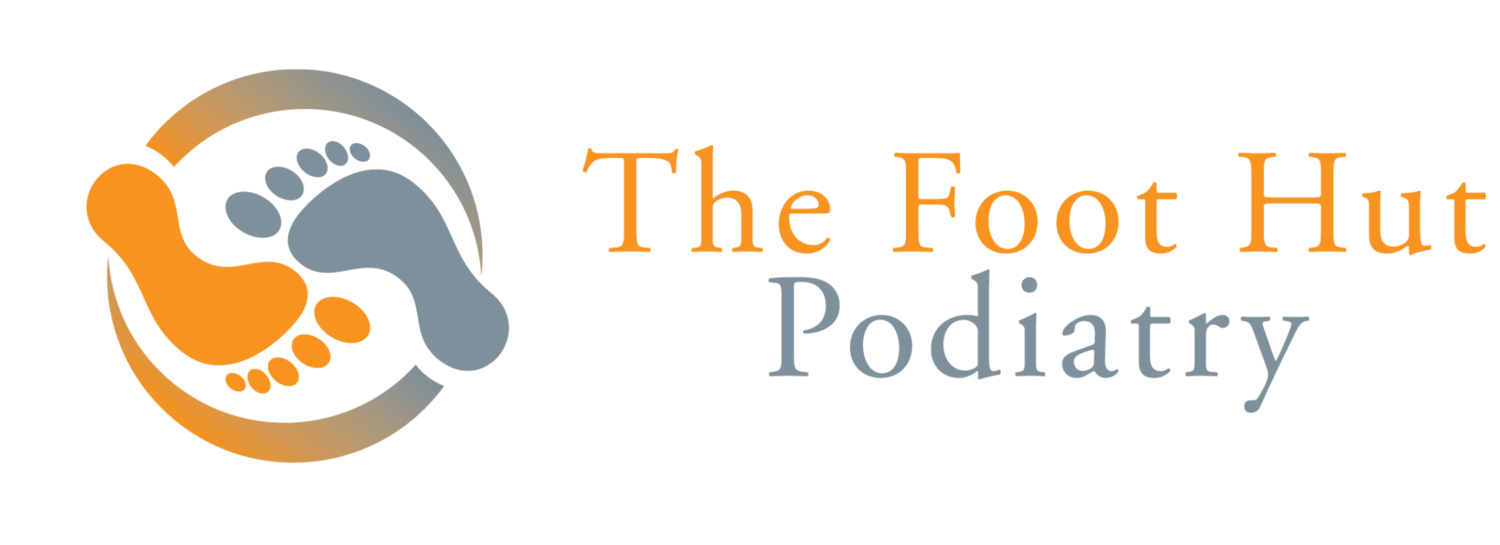What Are The Available Treatment Options For Heel Pain?
Heel pain is extremely devious, striking when you least expect it. Heel pain causes a sharp, scalding sensation impacting your ability to walk or stand. Luckily, there are several effective remedies for heel pain, but first, you need to find the root of the problem. Seeking and booking an appointment with your podiatrist is the first step to a pain-free life. They can find the cause of the problem and suggest the most appropriate treatment plan for you.
Heel pain can arise at any moment, and usually, there is an everyday cause such as standing on a sharp object causing a heel bruise. Furthermore, many heel pain sufferers have excess calcium deposits or bone spurs on their heels (heel spurs). However, the most common cause of heel pain is due to a condition known as plantar fasciitis – resulting in inflammation of the plantar fascia, the thick band of tissue running across your heel.
Plantar fasciitis is most common in runners, although it can also be caused by overpronation or rolling your foot when you walk. Being overweight, older, and wearing poorly-supporting shoes can cause plantar fasciitis to become much worse. It’s important to see a podiatrist to ensure that the problem you could be dealing with is definitely plantar fasciitis and not something else like a sprained ankle.
No matter the cause of your pain, these helpful home remedies should help provide some relief:
Stretch your arches and Achilles tendon several times during the day. This can be an efficient way to relieve pain caused by heel spurs. One of the most common stretching exercises is to lean forward with your hands on a wall, supporting most of your weight. Your feet should be positioned with one knee bent, then push off gently with the other foot, stretching the arch.
Always wear supportive shoes and avoid going barefoot. Nobody wants heel pain to affect their day to day lives; this is why supportive shoes are a great idea! Although they do not entirely eliminate the pain, they will allow everyday living to become more bearable.
Taping, as most heel spurs are associated with the plantar fascia, taping the muscle may help to reduce pain and promote healing.
Stubborn and severe heel pain should be treated by your podiatrist. They offer several adequate treatments, including:
Physical therapy to increase mobility
Corticosteroid injections to decrease inflammation and pain
Custom-made orthotics and footwear to provide added support
Prescription-strength anti-inflammatory medication to reduce swelling
Heel pain does not have to rule your life; there are many efficient treatments to get you back on your feet. For more information regarding heel pain treatment options, call your GP or contact a podiatrist!
